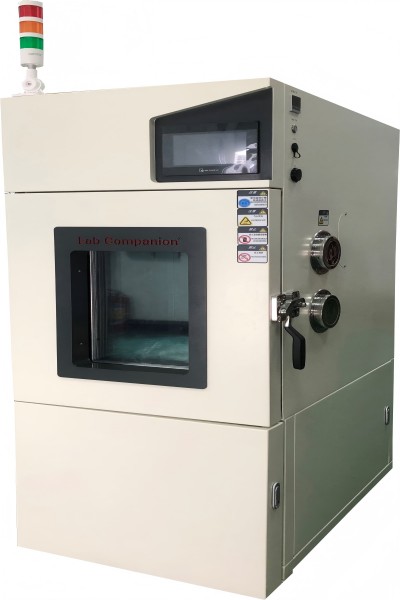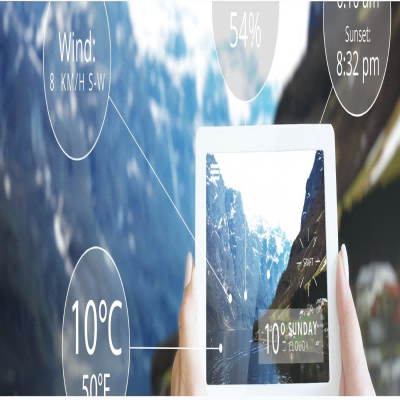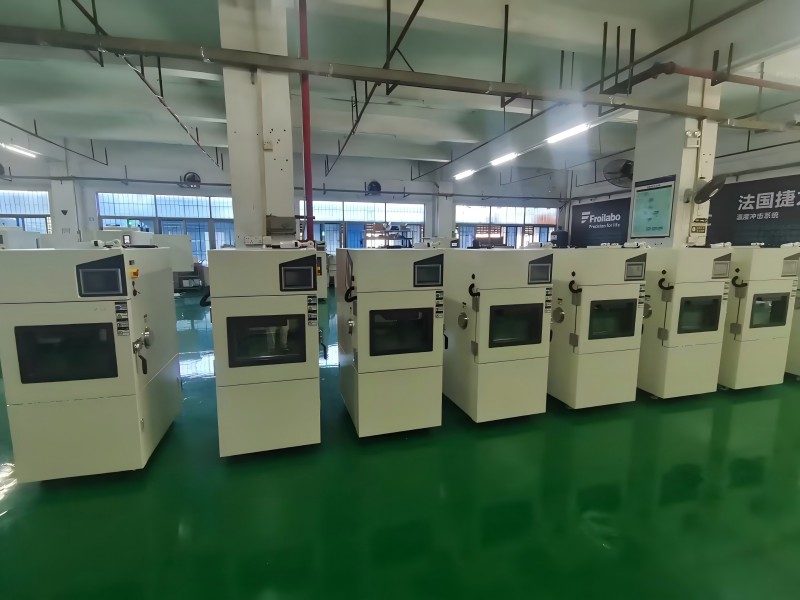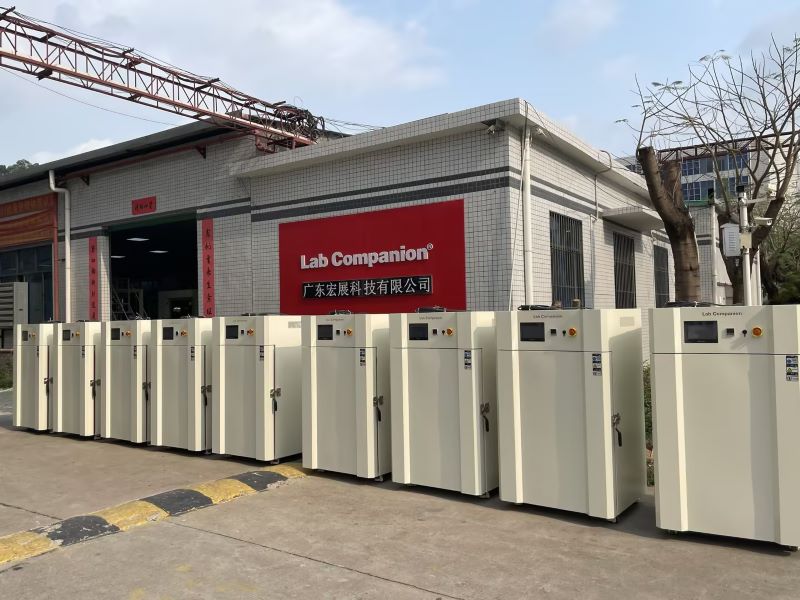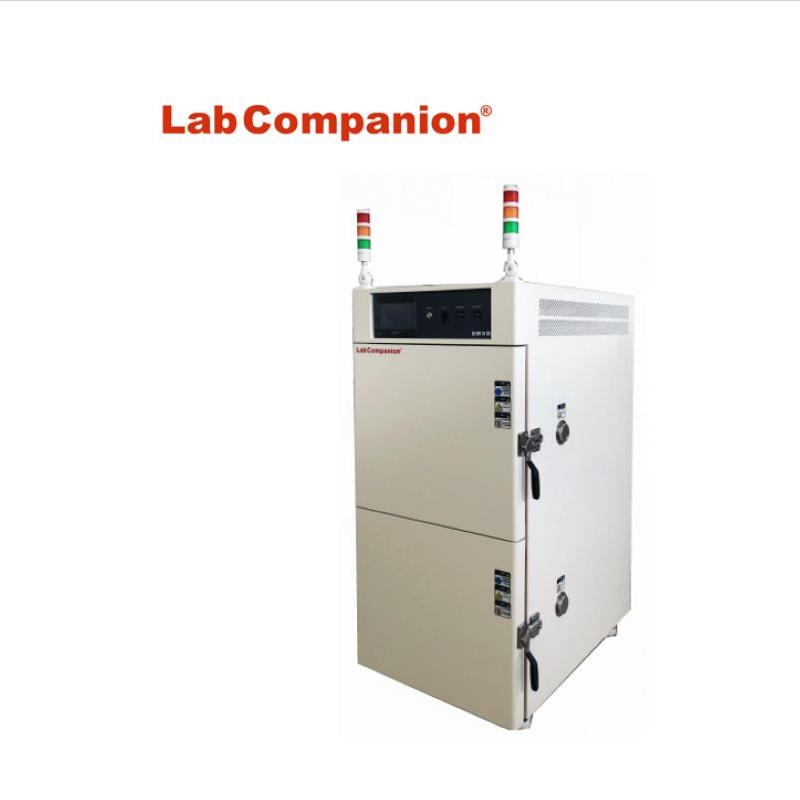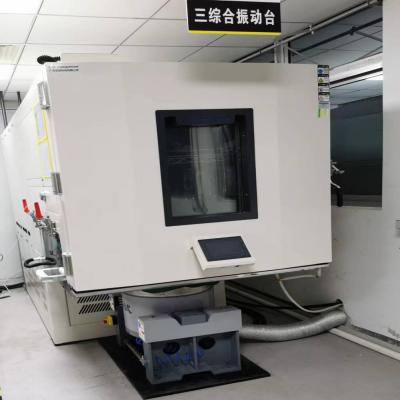Analysis of Accessory Configuration in Refrigeration Systems for Environmental Test Equipment
Mar 11, 2025
Some companies equip their refrigeration systems with a wide array of components, ensuring that every part mentioned in textbooks is included. However, is it truly necessary to install all these components? Does installing all of them always bring benefits? Let's analyze this matter and share some insights with fellow enthusiasts. Whether these insights are correct or not is open to interpretation.
Oil Separator
An oil separator allows most of the compressor lubricating oil carried out from the compressor discharge port to return. A small portion of the oil must circulate through the system before it can return with the refrigerant to the compressor suction port. If the system's oil return is not smooth, oil can gradually accumulate in the system, leading to reduced heat exchange efficiency and compressor oil starvation. Conversely, for refrigerants like R404a, which have limited solubility in oil, an oil separator can increase the saturation of oil in the refrigerant. For large systems, where the piping is generally wider and oil return is more efficient, and the oil volume is larger, an oil separator is quite suitable. However, for small systems, the key to oil return lies in the smoothness of the oil path, making the oil separator less effective.
Liquid Accumulator
A liquid accumulator prevents uncondensed refrigerant from entering or minimally entering the circulation system, thereby improving heat exchange efficiency. However, it also leads to increased refrigerant charge and lower condensation pressure. For small systems with limited circulation flow, the goal of liquid accumulation can often be achieved through improved piping processes.
Evaporator Pressure Regulating Valve
An evaporator pressure regulating valve is typically used in dehumidification systems to control the evaporation temperature and prevent frost formation on the evaporator. However, in single-stage circulation systems, using an evaporator pressure regulating valve requires the installation of a refrigeration return solenoid valve, complicating the piping structure and hindering system fluidity. Currently, most test chambers do not include an evaporator pressure regulating valve.
Heat Exchanger
A heat exchanger offers three benefits: it can subcool the condensed refrigerant, reducing premature vaporization in the piping; it can fully vaporize the return refrigerant, reducing the risk of liquid slugging; and it can enhance system efficiency. However, the inclusion of a heat exchanger complicates the system's piping. If the piping is not arranged with careful craftsmanship, it can increase pipe losses, making it less suitable for companies producing in small batches.
Check Valve
In systems used for multiple circulation branches, a check valve is installed at the return port of inactive branches to prevent refrigerant from flowing back and accumulating in the inactive space. If the accumulation is in gaseous form, it does not affect system operation; the main concern is preventing liquid accumulation. Therefore, not all branches require a check valve.
Suction Accumulator
For refrigeration systems in environmental testing equipment with variable operating conditions, a suction accumulator is an effective means to avoid liquid slugging and can also help regulate refrigeration capacity. However, a suction accumulator also interrupts the system's oil return, necessitating the installation of an oil separator. For units with Tecumseh fully enclosed compressors, the suction port has an adequate buffer space that provides some vaporization, allowing the omission of a suction accumulator. For units with limited installation space, a hot bypass can be set up to vaporize excess return liquid.
Cooling Capacity PID Control
Cooling capacity PID control is notably effective in operational energy savings. Moreover, in thermal balance mode, where temperature field indicators are relatively poor around room temperature (approximately 20°C), systems with cooling capacity PID control can achieve ideal indicators. It also performs well in constant temperature and humidity control, making it a leading technology in refrigeration systems for environmental testing products. Cooling capacity PID control comes in two types: time proportion and opening proportion. Time proportion controls the on-off ratio of the refrigeration solenoid valve within a time cycle, while opening proportion controls the conduction amount of the electronic expansion valve.
However, in time proportion control, the lifespan of the solenoid valve is a bottleneck. Currently, the best solenoid valves on the market have an estimated lifespan of only 3-5 years, so it's necessary to calculate whether the maintenance costs are lower than the energy savings. In opening proportion control, electronic expansion valves are currently expensive and not easily available on the market. Being a dynamic balance, they also face lifespan issues.
Read More


